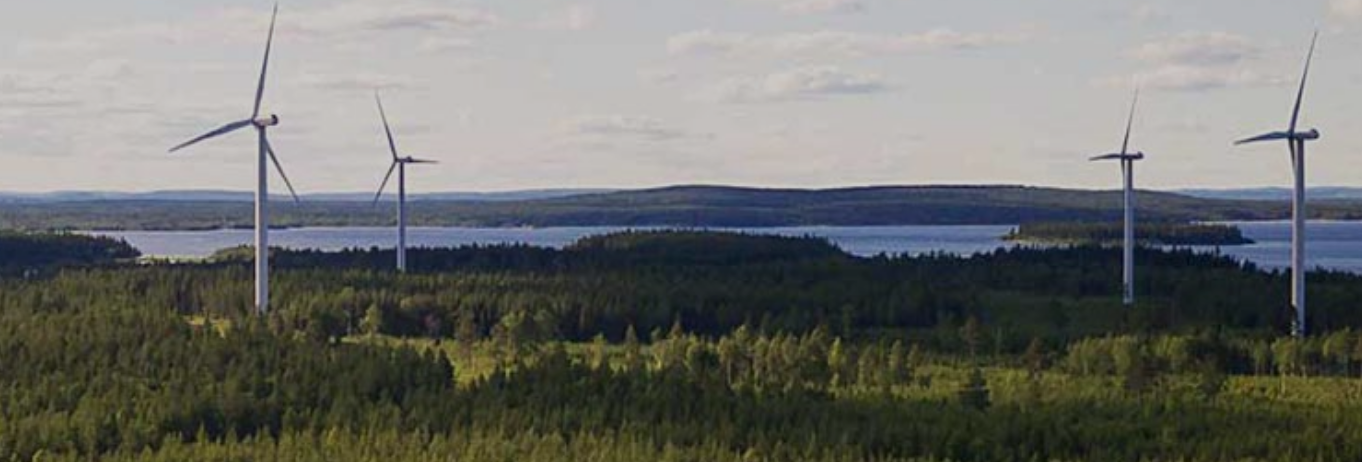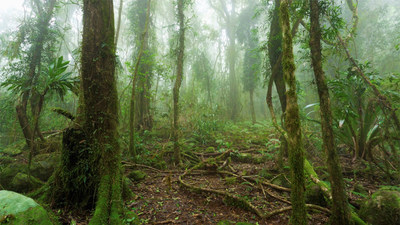Before answering this question regarding plastic, we need to define “a carbon footprint”.
Sidebar
Climate


Carbon sinks – everything you need to know
A carbon sink is any reservoir, natural or otherwise, that accumulates and stores some carbon-containing chemical compound for an indefinite period and thereby lowers the concentration of CO2 from the atmosphere.1 The main natural carbon sinks are soil, forests and oceans and it follows that any impact on the size of these carbon sinks has an impact on the CO2 in the atmosphere.

Working together for a carbon neutral future – Stora Enso and Gasum collaboration at Nymölla biogas plant has been inaugurated
After years in the works, Stora Enso and energy company Gasum officially opened a biogas plant at Stora Enso‘s Nymölla Mill in Sweden on 27 April 2021.
Dow joins industry leaders in American Cleaning Institute’s Climate Challenge
Dow commits to becoming carbon neutral by 2050

Cisco Commits $100 Million to Help Address Climate Crisis
Grants and Investments from the Cisco Foundation Will Fund Climate Projects and Technologies to Power a Sustainable and Inclusive Recovery
The Cisco Foundation is committing $100 million over ten years to help reverse the impact of climate change.

HP Inc. Announces Ambitious Climate Action Goals
Outlines broad plans to combat climate change focused on carbon emissions, circularity and forests. Introduces climate partnerships to extend impact ranging from ocean conservation to forest restoration.

Climate Awareness Report 2021: Great demand for carbon-neutral products
Majority of consumers welcome carbon labels as a decision-making tool when shopping
Oerlikon to be Operationally Climate Neutral by 2030 - First Sustainability Report
Oerlikon publishes first Sustainability Report - Aligned with United Nations 2030 Agenda for Sustainable Development - 2030 targets reflect Oerlikon’s focus on the most material ESG contributions
Oerlikon (SIX: OERL) today makes a strong public commitment to sustainability by publishing its first Sustainability Report, Innovation for a Sustainable Future.

Mitigating the Widespread Impacts of Climate Change
Earlier this year, 3M shared the megatrends that are shaping the next 5-10 years of life on this planet. To understand the source of these trends, and their impact around the globe, we are taking a deeper dive into the key themes and the ways our people, technology and solutions are working to improve lives.


 Deutsch (Germany)
Deutsch (Germany)  Polski (PL)
Polski (PL) 






